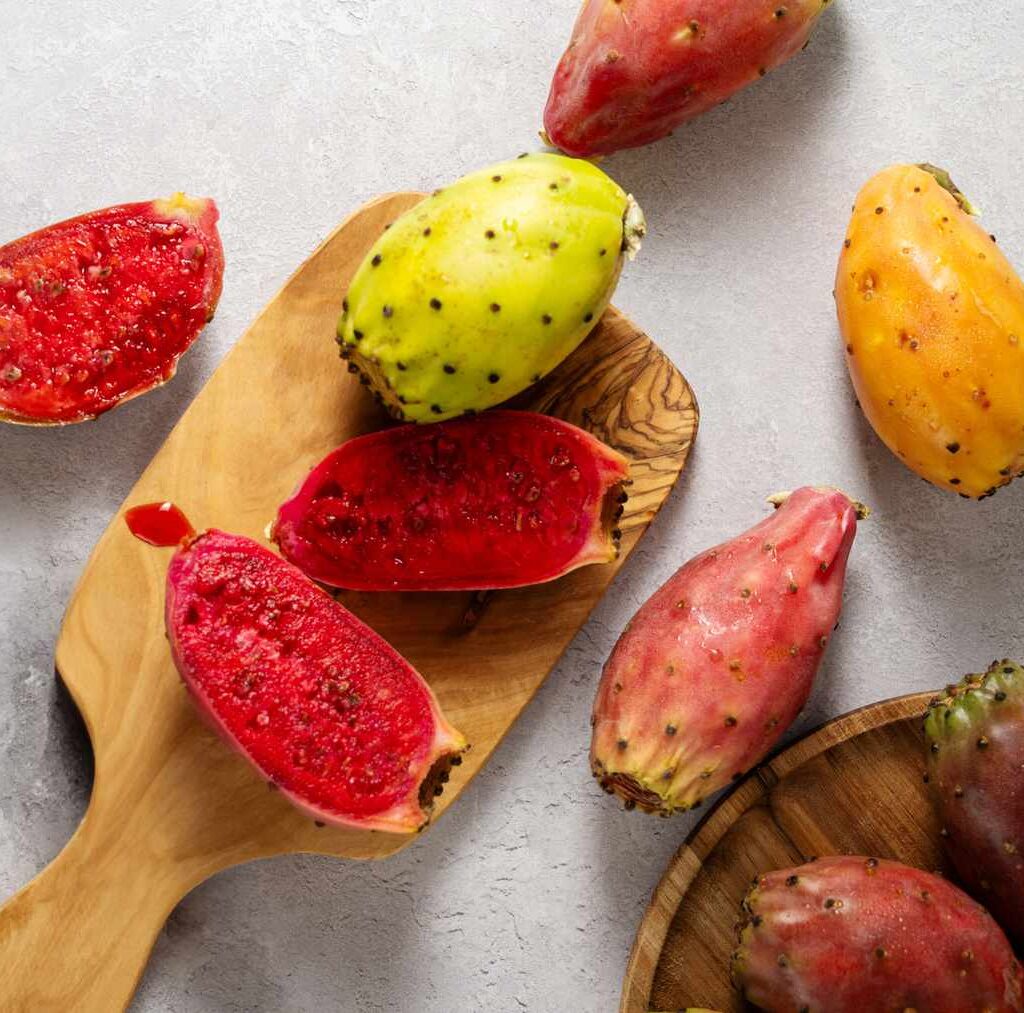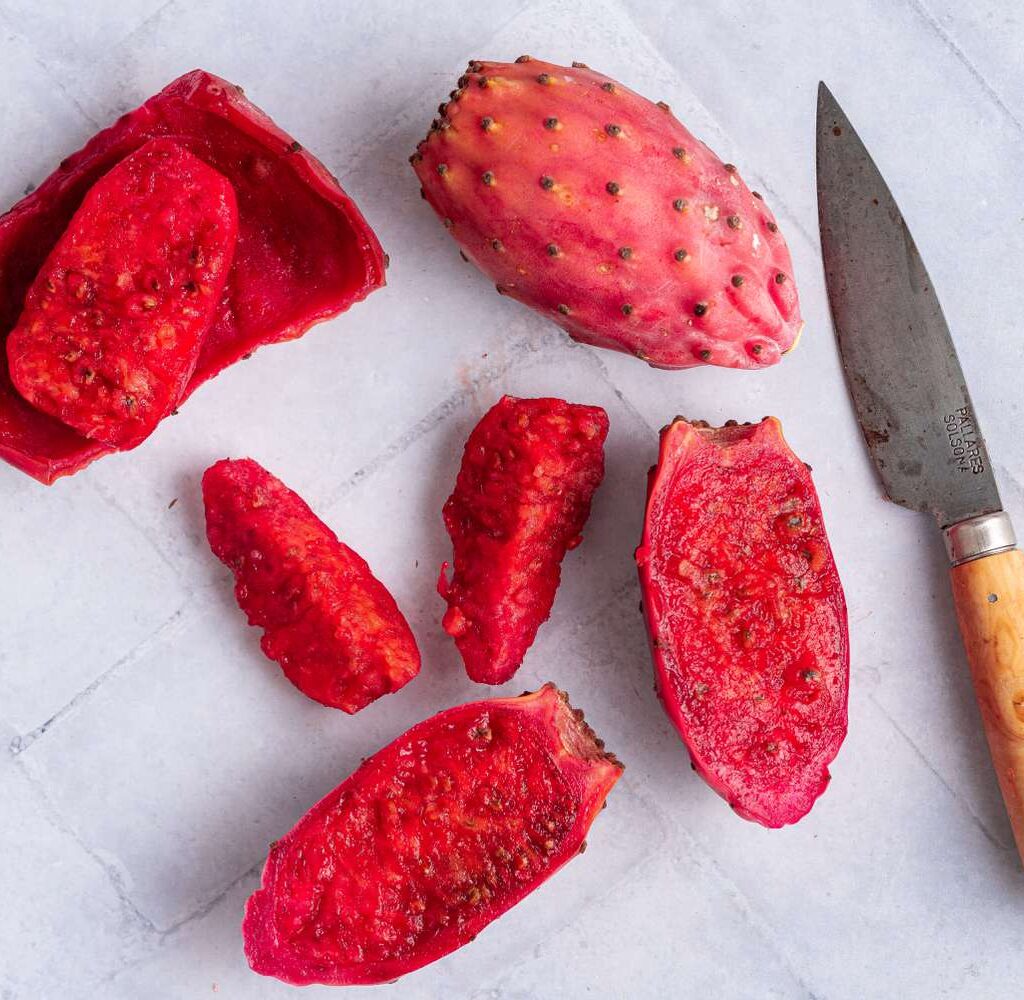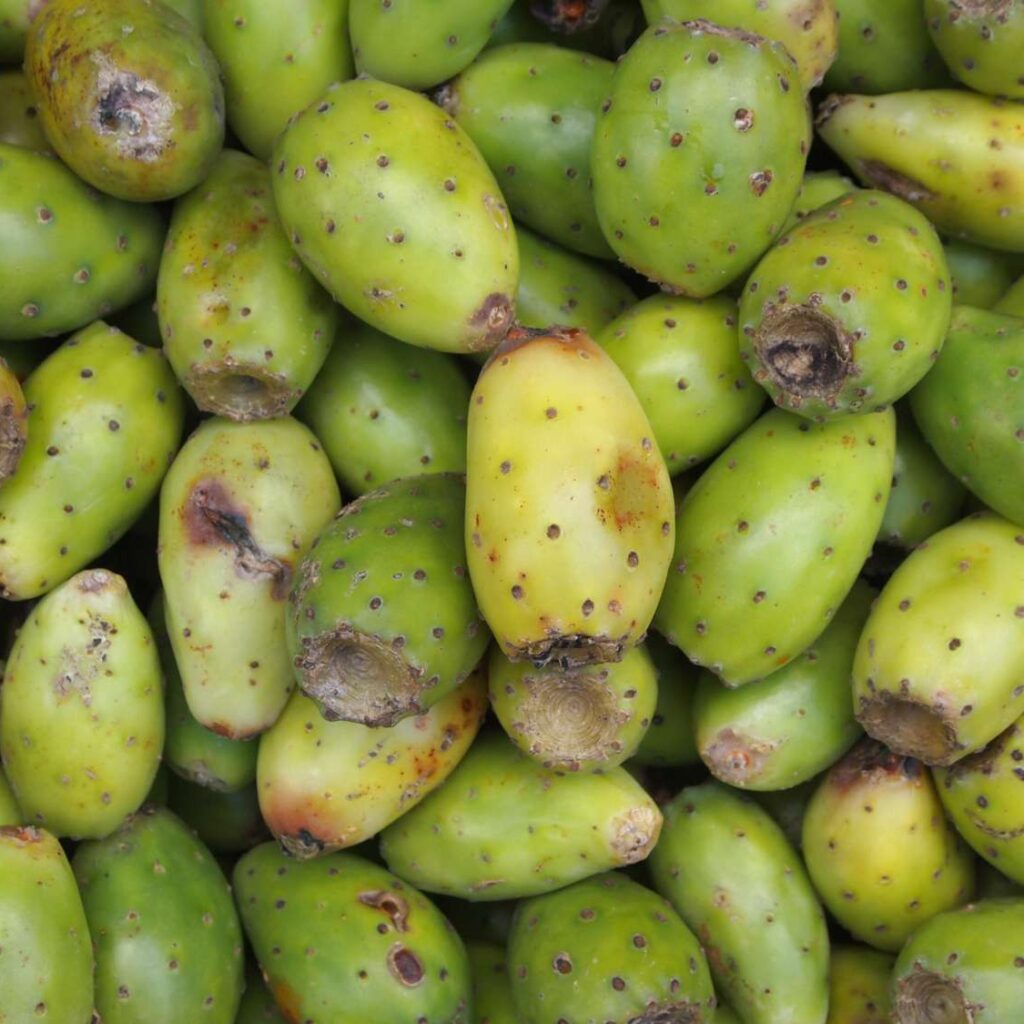Cactus fruit — more popularly known as prickly pear — is a vibrant, refreshing, and nutrient-packed fruit harvested from the pads of various species in the Opuntia cactus family. Native to the arid landscapes of Mexico and the Americas, prickly pears have long been a staple in traditional diets and medicine. Today, the fruit’s unique flavor and health benefits have earned it a loyal following worldwide.
While countries like Mexico and Italy lead global production, one nation stands out as the largest cactus fruit (prickly pear) importer in the world — Italy.
In this in-depth article, we’ll explore the history and uses of prickly pear, global production hotspots, trade patterns, and explain why Italy dominates the import market, supported by market data, trends, and future projections.
What Is Cactus Fruit (Prickly Pear)?

Cactus fruit, or prickly pear, is the edible fruit of the Opuntia cactus. It typically features:
- A bright green, yellow, orange, or deep magenta skin.
- A sweet, sometimes tart flesh filled with tiny edible seeds.
- A refreshing texture often compared to watermelon or melon.
Beyond its appealing taste, the fruit is rich in:
- Vitamin C
- Antioxidants
- Fiber
- Potassium
- Calcium
It’s traditionally consumed fresh, juiced, or in jellies, candies, alcoholic beverages (like prickly pear liqueurs and wines), and natural remedies.
Global Cactus Fruit Production
The main producers of prickly pear are:
- Mexico: The ancestral homeland and leading producer.
- Italy: Particularly in Sicily, which cultivates both for domestic consumption and export.
- Tunisia
- South Africa
- Egypt
- Morocco
- United States (California and Arizona)
Mexico alone accounts for over 45% of the world’s prickly pear production, exporting both fresh and processed products.
Global Trade of Prickly Pear

While global trade in prickly pears is modest compared to fruits like apples or bananas, it has grown steadily over the past decade, spurred by:
- Rising interest in health foods.
- Cultural food trends like Mediterranean and Latin American cuisine.
- Export campaigns from Mexico, Tunisia, and Italy.
Fresh prickly pear fruit exports are particularly popular in Europe and North America, with peak demand from July to October.
Which Country Is the Largest Cactus Fruit (Prickly Pear) Importer in the World?
Italy is the largest importer of cactus fruit (prickly pear) globally, which may come as a surprise since it’s also one of the leading producers.
Import Figures:
According to FAO and global trade databases:
- Italy imports approximately 16,000 to 18,000 metric tons of prickly pears annually.
- These imports are valued at over USD 22–28 million per year.
- Imports primarily supplement domestic production, filling off-season gaps and offering exotic varieties not grown locally.
Italy’s demand outpaces other importing nations like France, Spain, and the United States, making it the world’s top prickly pear import market.
Why Is Italy the Top Importer of Cactus Fruit?

Several factors explain Italy’s leadership position in importing prickly pears:
Culinary and Cultural Significance
In southern Italy, particularly Sicily, prickly pears are a beloved delicacy. Known locally as “fico d’India” (Indian fig), the fruit is used in:
- Fresh fruit plates
- Liqueurs like “Rosolio di fichi d’India”
- Jams and syrups
- Traditional desserts
It also holds symbolic importance in Sicilian folklore, representing resilience and Mediterranean identity.
Seasonal Demand
Italy’s prickly pear season runs from late summer to early autumn (August–October). To meet year-round consumer demand, especially in northern Italy and urban centers like Rome and Milan, imports bridge the supply gap during off-season months.
Diverse Culinary Applications
Aside from fresh consumption, Italy’s vibrant culinary scene integrates prickly pear into modern gastronomy — from cocktails and gelato to gourmet sauces and health products.
Growing Health Trends
As Italian consumers grow increasingly health-conscious, demand for antioxidant-rich, low-fat, and vitamin-packed fruits like prickly pears has surged, boosting both domestic consumption and imports.
Major Exporters Supplying Italy
Italy’s prickly pear imports primarily come from:
- Tunisia: A leading supplier known for its high-quality, affordable fruit.
- Morocco: Supplies seasonal exports to the European market.
- South Africa: An emerging exporter of specialty varieties.
- Mexico: Occasional imports of premium varieties and processed prickly pear products.
Recent Import Data (2022–2023)

| Year | Volume Imported (Metric Tons) | Value (USD Million) |
|---|---|---|
| 2021–22 | 16,800 | 26.5 |
| 2022–23 | 17,500 | 28.1 |
Italy’s prickly pear imports have shown steady 3–5% annual growth, driven by expanding consumer demand and broader distribution networks.
Market Trends and Future Outlook
Expansion of Organic and Specialty Markets
Italy’s organic food market is one of the largest in Europe. Organic and specialty prickly pear varieties (like red-fleshed and seedless types) are increasingly popular, especially among health-focused consumers.
Growth of Processed Products
Products like prickly pear jams, syrups, energy bars, and liqueurs are gaining traction in Italy’s gourmet food and gift markets, driving demand for high-quality imported cactus fruit.
Rising Exports to Northern Europe
As Italy imports surplus prickly pears, it also serves as a re-export hub to countries like Germany, France, and Switzerland, leveraging its strategic position and established distribution systems.
Culinary and Commercial Use in Italy

Beyond household consumption, prickly pears feature prominently in:
- Agritourism resorts and traditional Sicilian restaurants.
- Luxury hotel menus offering regional delicacies.
- Gourmet gift hampers during holiday seasons.
- Health food stores and organic markets.
- Italian liqueur distilleries crafting niche alcoholic beverages.
Conclusion: Italy’s Role as the Largest Cactus Fruit Importer
Though Italy is both a historic cultivator and cultural champion of the prickly pear, its position as the world’s largest importer of cactus fruit is a testament to:
- Its rich culinary tradition.
- Seasonal supply gaps.
- Increasing year-round demand.
- The growing popularity of health-oriented and gourmet foods.
Italy’s ability to simultaneously produce, consume, and import prickly pears reflects the fruit’s deep-rooted place in Italian culture and its bright prospects in both domestic and international markets.
Quick Recap:
| Category | Data |
|---|---|
| Largest Cactus Fruit Importer | Italy |
| Annual Import Volume (2023) | ~17,500 metric tons |
| Top Suppliers | Tunisia, Morocco, South Africa, Mexico |
| Key Drivers | Culinary demand, seasonal gaps, health trends |
| Domestic Production | Significant, especially in Sicily |
Would you like me to prepare a similar article for the largest cactus fruit exporter next? I’d be happy to research and write it for you!Tools





